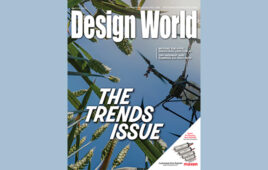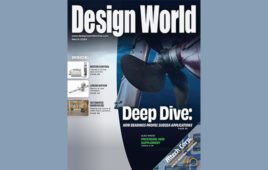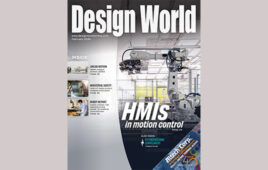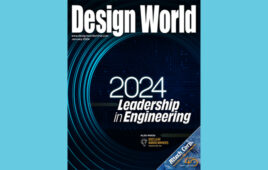Will high test instrument costs keep the next Steve Wozniak out of the tech business?
Back in the heyday of personal computing, it was possible to do state-of-the-art work without making a big investment in test equipment. To see what I mean, consider the development of the first 5.25-in. floppy disk drive for the Apple II PC. Introduced at the Consumer Electronics Show in early 1978, the hardware design was largely by Apple cofounder Steve Wozniak. The timing signals on the Apple Bus included 1 and 7-MHz clocks. The controller board only carried eight chips which Woz used to fashion a state machine.
I recently had a chance to ask Woz about what kind of test instruments went into developing the floppy controller for the Apple II. He explained, “I ran the state machine at 7 MHz, as I recall, so I only needed an oscilloscope that could work at that speed. But I really didn’t use the scope for this. … I looked at the results and fixed bugs to get what looked like the right 1’s and 0’s coming back. I could write a track and see that I got the same 1’s and 0’s back without any scope. I was almost totally in the digital world on this project…. I had no logic analyzer, but really didn’t have to deal with parallel data outside of simple read and write commands from the Apple II processor….I only had to see that my 7-MHz timing wound up generating 4-μsec. timing, and that was all I needed in a scope. When you make a project small and it’s all digital, your equipment needs are less.”
For Woz to see a 7 MHz signal in 1977, he would have needed a scope with a bandwidth of at least 14 MHz. Instruments of that caliber were easily within reach of small companies back then. A good candidate would have been the Tektronix 423, a widely used analog scope of the day with a 25 MHz bandwidth and a list price of about $1,600. Online calculators compute that $1,600 in 1978 had roughly the same buying power as $6,400 today.
The floppy drive for the Apple II was a first-of-its-kind, never-been-done-before item. It is noteworthy that the only test gear necessary to conceive it was a scope that was reasonably priced.
And it is a little scary to think about what kind of instrumentation is necessary for state-of-the-art work now. Consider, for example, what it might take to field something in the 5G telecom area which is expected to dominate IoT applications. Developers probably would need instruments able to generate the IQ waveforms and envelope tracking involved, as well as an oscilloscope with a 1-GHz bandwidth to see the complex baseband IQ signals.
The $1,600 that got Woz up and running in 1977, or even the equivalent $6,400 of today, wouldn’t go far for work in 5G. A look at PXIe modular instruments widely used for 5G illustrates the cost chasm over which developers must leap. To cite a few examples, a 1-GHz PXIe scope from Keysight goes for $12,000. An IQ arbitrary waveform function generator in the same format able to work at 1 GHz runs $22,000. A 500 MS/sec PXIe digitizer, also handy for 5G work, runs $7,800.
 It’s tough to look at the cost of this test equipment and not wonder about the fate of two-guys-in-a-garage tech start-ups. There will certainly always be entrepreneurs, but the daunting cost of test equipment may prevent them from unleashing the kind of breakthrough hardware technology that came out of Apple in the 1970s.
It’s tough to look at the cost of this test equipment and not wonder about the fate of two-guys-in-a-garage tech start-ups. There will certainly always be entrepreneurs, but the daunting cost of test equipment may prevent them from unleashing the kind of breakthrough hardware technology that came out of Apple in the 1970s.
LEE TESCHLER
EXECUTIVE EDITOR
Filed Under: DIGITAL ISSUES • DESIGN WORLD, DIGITAL ISSUES • EE WORLD




